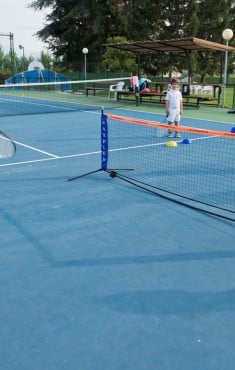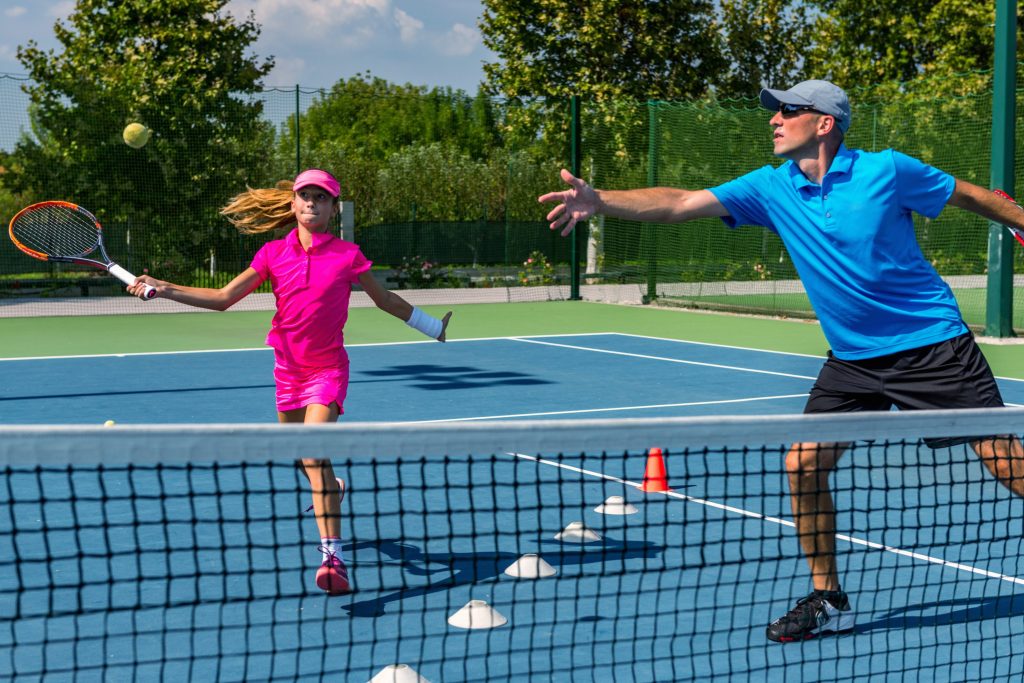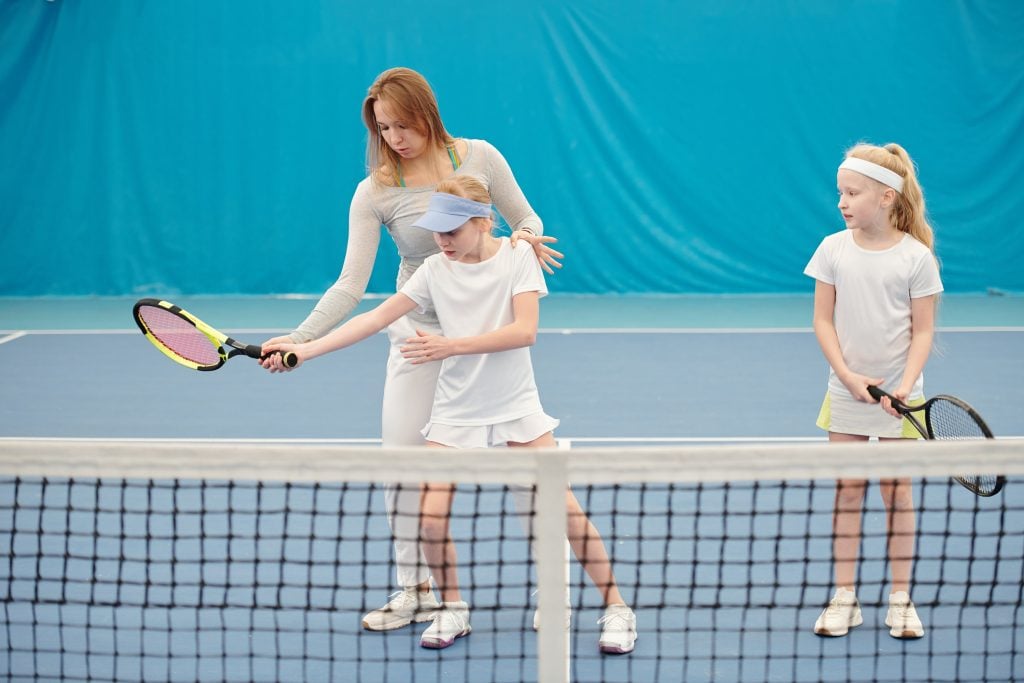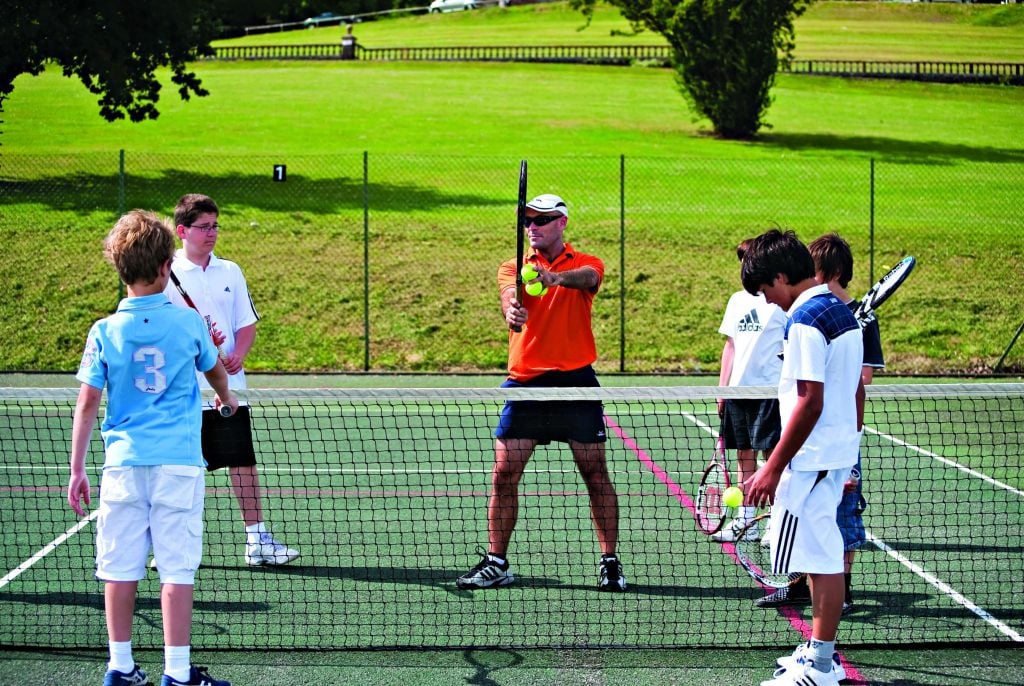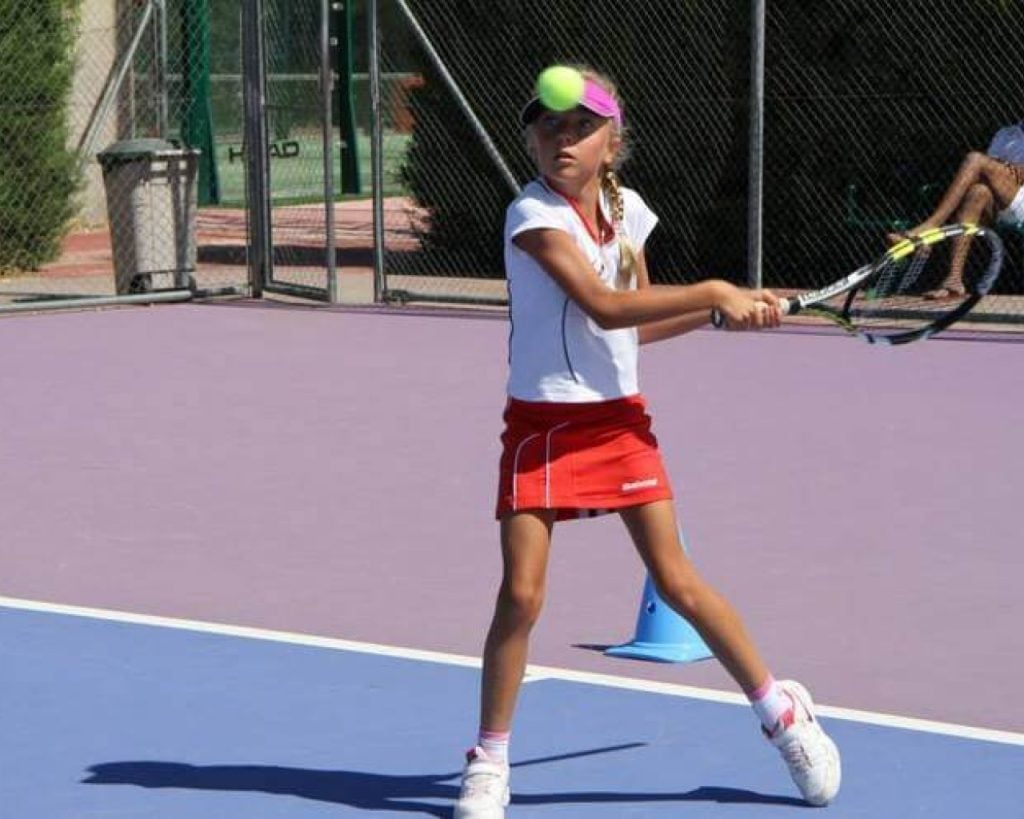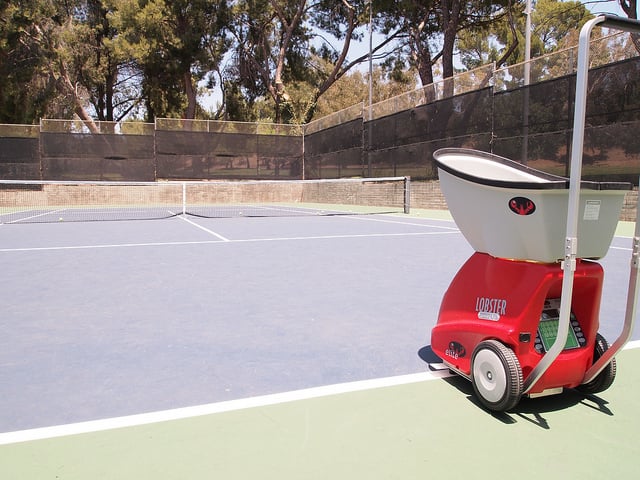Table of Contents
Depending on the age everything varies, the size of the racquet changes, the size of the court is not the same or the balls have a different pressure. Here we are going to analyze the tennis equipment for early ages and we will also show you other very fun tools that you can use to train, but we do not want to say anything more and keep you intrigued. We may also have doubts about what is the best age for children to start playing tennis, but if they are passionate about it from a very young age, the whole process can be brought forward.
Now, within the formative tennis there are three main stages that are divided by age:
- Stage 3 for children between 5 and 7 years old (Minitenis).
- Stage 2 for children between 7 and 9 years of age (Passing from mini-tennis to initiation).
- Stage 1 for children between 9 and 12 years old (Tennis initiation).
Main tennis equipment for children
Racquets
The first material we are going to talk about is the most indispensable, the tennis racket, the first thing children should become familiar with. There is no tennis racket for children of 8 or 9 or more, to choose we must be guided more by the height of the little ones.
Almost all are made of lightweight materials, we are not going to give a 10 year old boy or girl a racket that can hardly lift it off the ground. To clarify your doubts, here you have the correspondence of each racquet size with the height, more or less approximate:
Racket sizes
| Height | Racquet inches | Racquet length |
| 1 meter / 1.20 meters | 21 inches | 50-55cm. |
| 1.21m / 1.53m | 23-25 inches | 56-64cm. |
| 1.36m / 1.50m | 26 inches | 65-66cm. |
For the moment when tennis becomes more professional for your little ones, you can see our post where we explain how to choose the right tennis racket and the characteristics of all the ones you can find on the market.
Balls
We already have a racket, now it’s time to analyze the tennis balls for kids. Mainly they have a lower internal pressure, they are lighter and slower than those used in higher categories. And these characteristics mean that they bounce less and children can measure their shots better, focusing more on placement than on hitting the ball.
The ones used in the first tennis lessons are made of a kind of soft foam rubber and almost all the big brands usually sell them.
Being made of foam rubber will also avoid strong impacts, as we know that children sometimes do not usually measure and can hit the other partner.
And as we will see below, tennis for children who are starting out can be practiced almost anywhere, so before a bad hit or too strong we will not have to worry about breaking a window, glass or something else.
With a little more progress we begin to use balls more similar to the classic ones, but with less pressure as we mentioned before.
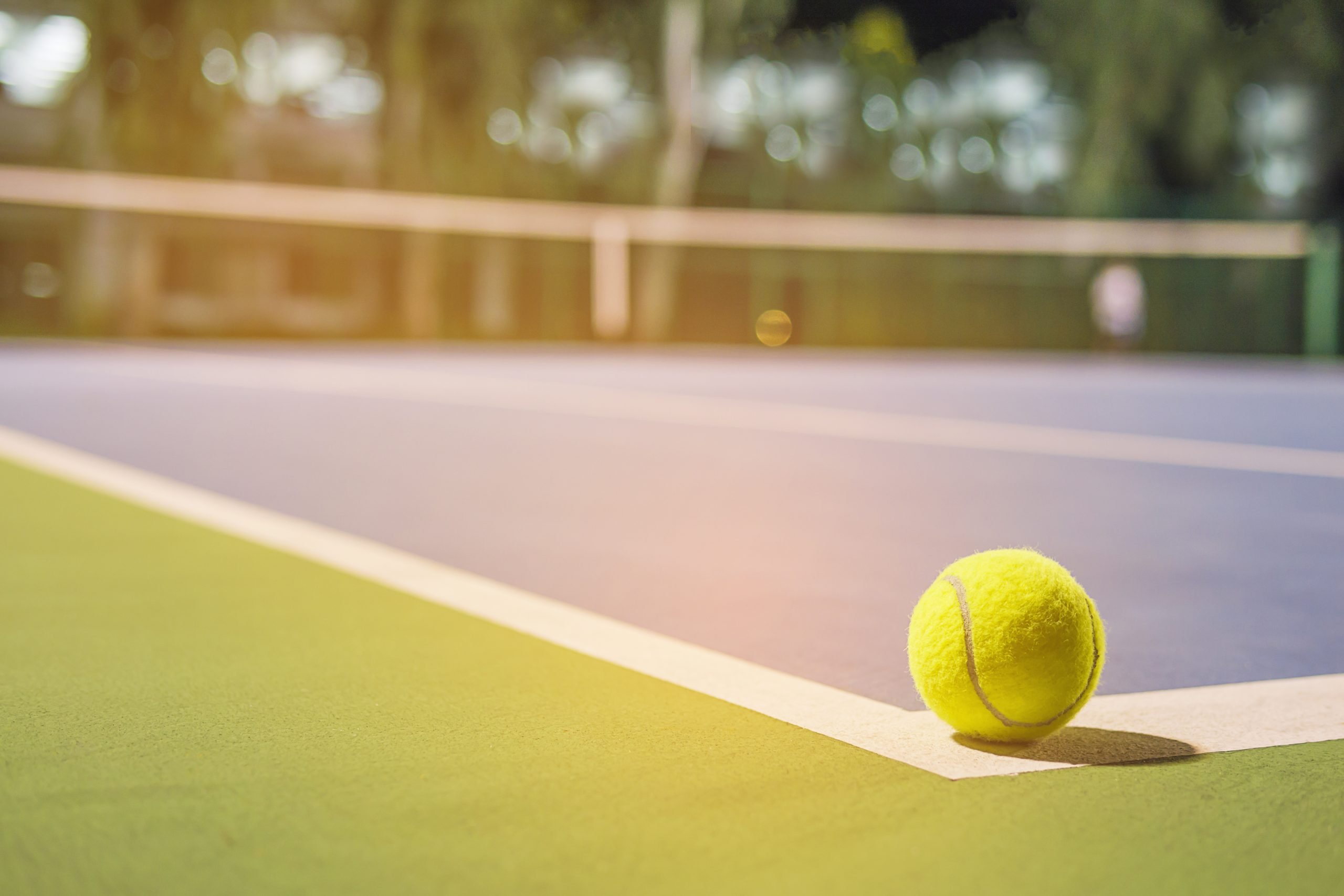
Court and net
Now, with the racket and the ball we can only hit against a wall, we need a tennis court and a tennis net. Almost everyone knows the types of tennis courts that exist, earth, grass or hard court, but to start playing we only need a flat surface such as a school playground, the parquet of a gym and of course a tennis court, but as you can see it is not necessary to resort to it necessarily.
To give you an idea of what the size of a small tennis court for children should be, in a court of normal dimensions we can establish from 4 to 6 fields for the smallest. We leave you free to make the division, either with chalk, ribbons or cones, whatever you like or what you have more reach.
As approximate measurements, the field is usually a rectangle of approximately 12.8 m long and 8.23 m wide.
As with the court, any idea you can think of to set up a tennis net is good, as long as you maintain the ideal height so that the children can learn and have fun properly. The most recommended is that it is light, measuring 80 cm high in the center and 85 cm at the posts on each side. If you are thinking about the end posts we give you an idea, two chairs with an elastic band tied at the ends. Also a badminton net at low height or a detachable one that you will surely find in sport stores.
In case you have any doubts, tennis clothing is not essentially mandatory, we only advise you that it should be comfortable to be able to perform the strokes and move. As for the tennis shoes there is no specific canon, we say the same with the rest of the clothes, they should be comfortable, but when the children start playing at a higher level they may need a more resistant shoe depending on the surface of the courts where they train.
Tennis equipment to improve
We have already given an overview of the most essential tennis equipment for children, but to progress and continue training, when the mini tennis is a little small, there are a number of tools to improve all facets of the game. Maybe some of them will seem a little strange to you, but their functions will be very good to grow.
Medicine ball
A classic of physical education classes at school. The medicine ball can be used mainly to work on strength, both explosive and maximum, as well as endurance to combat long games.
Ladder
We are not talking about a typical ladder, in this case we are talking about some steps at ground level with which to perform a circuit to train agility and speed. Here you can see a video of a training session where they use it:
Dartboard for the net
As its name suggests, it is a target that we stick to the net to train the accuracy of the backhand and forehand shots. It can be placed anywhere on the net and is made of a flexible fabric to avoid breakage due to a hit.
Elements for psychomotor skills training
In tennis it is essential to train psychomotor skills and there are several tools to improve mobility skills. Cones as obstacles, bricks with bars to dodge, hoops to build circuits, etc.
Double net
This system is one of the best to control the height of the strokes and reduce unforced errors at the net. It consists of a supplementary net that is placed on top of the normal net and also helps to improve the topspin strokes.
Power resist
You may not know it by name, but it is an elastic rope and one of the most used tools to develop power, resistance and acceleration in horizontal and vertical displacements.
Goals
Like the dartboard, these small goals are also used to improve accuracy, but more focused on longer shots. They are placed on the other side of the court and the goal is for the player to drive balls into them.
All these changes and adjustments in the materials allow the youngest players to enjoy tennis, learn faster and maximize all their skills in each of their training sessions.
If your child is starting to play tennis, it is good that he/she knows the main strokes that professional tennis players perform, so we leave you another article of our blog in which we deepen in the main tennis strokes.
have you thought about a camp to improve your tennis training?
Maybe you are thinking that a tennis camp can help your child to improve his level or just have fun practicing his favorite sport. Surely you will find a great variety, but to help you here is a video in which we explain the differences between an internal camp and an external one, so you can choose more safely among the options that exist:
Ertheo offers sports and educational experiences to boys and girls all over the world, from soccer, tennis or golf camps to long term courses in high performance sports academies.

